Astronomers rarely use their telescopes just to take pictures. The images in astrophysics are usually created by a process of scientific inference and imagination, the visual expression of which is sometimes an artist's impression of what emerges from the data but there are also some gems that are photographed directly
By: Carol Hewell, Professor of Astrophysics, UK Open University
The launch of the James Webb Space Telescope, which is currently beginning its initial steps in deploying the systems in space, will allow astronomers unprecedented new opportunities. It's also a good time to reflect on what previous generations of telescopes have shown us.
Astronomers rarely use their telescopes just to take pictures. The images in astrophysics are usually created by a process of scientific inference and imagination, the visual expression of which is sometimes an artist's impression of what emerges from the data.
It was not easy to choose just a handful of photos. I limited my selection to images produced by publicly funded telescopes that reveal interesting science. I tried to avoid very popular images that were already widely viewed. The selection below is personal and I'm sure many readers will suggest other choices.
1. The poles of Jupiter
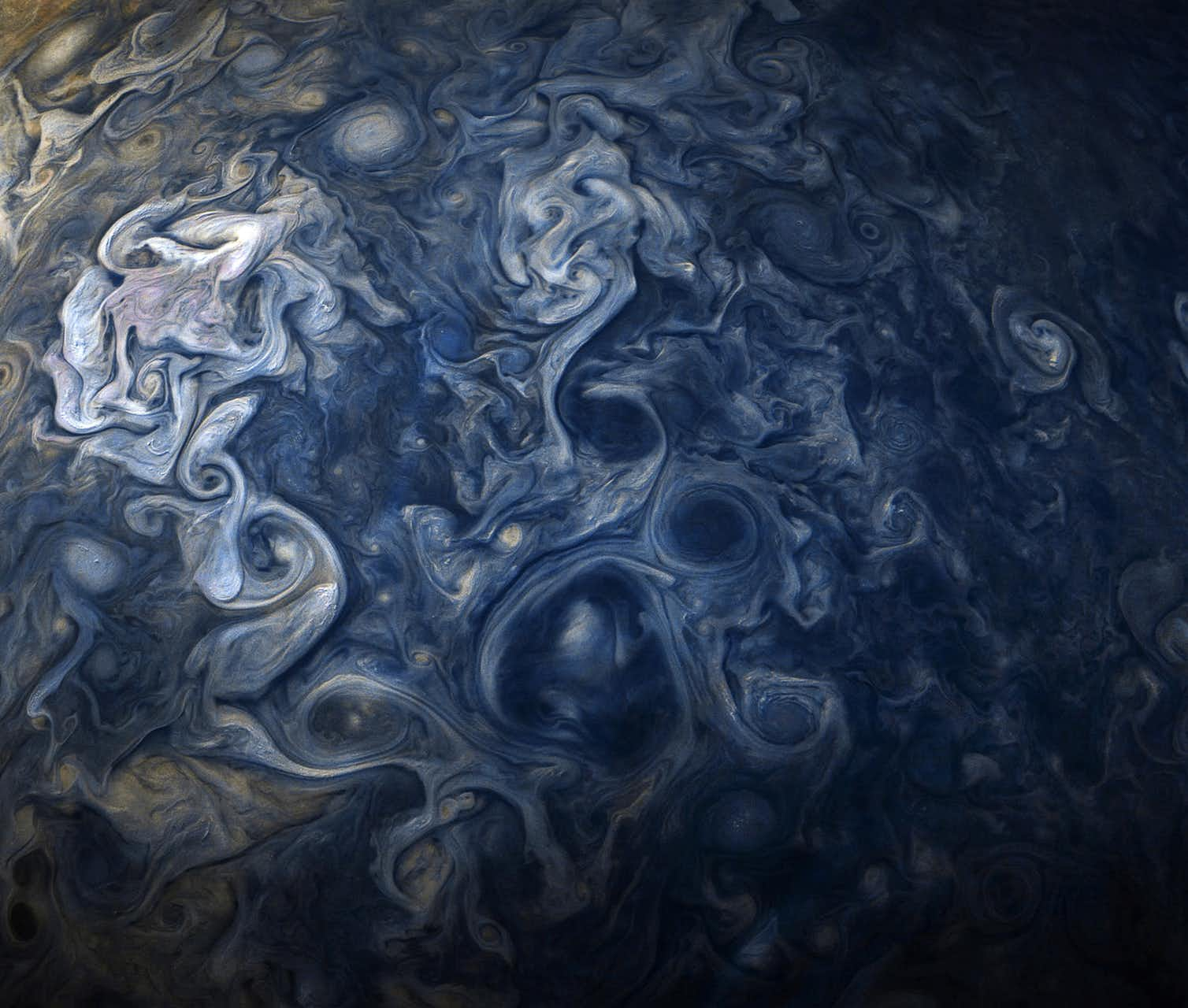
The first image I selected was produced by NASA's Juno mission, currently orbiting Jupiter. The photo was taken in October 2017 when the spacecraft was at a distance of 18,906 km from the top of Jupiter's clouds. It captures a cloud system in the planet's northern hemisphere, and is our first look at Jupiter's poles (the north pole).
The photographs on which this image is based reveal complex flow patterns, which resemble cyclones in the Earth's atmosphere, and impressive effects caused by the variety of clouds at different heights, which sometimes cast shadows on layers of clouds below.
I chose this image because of its beauty and also because of the surprise it caused: the parts of the star near its north pole look very different from the parts closer to the equator that we have seen before. By looking down at Jupiter's poles, Juno showed us a different view of a familiar star.
2. The Eagle Nebula
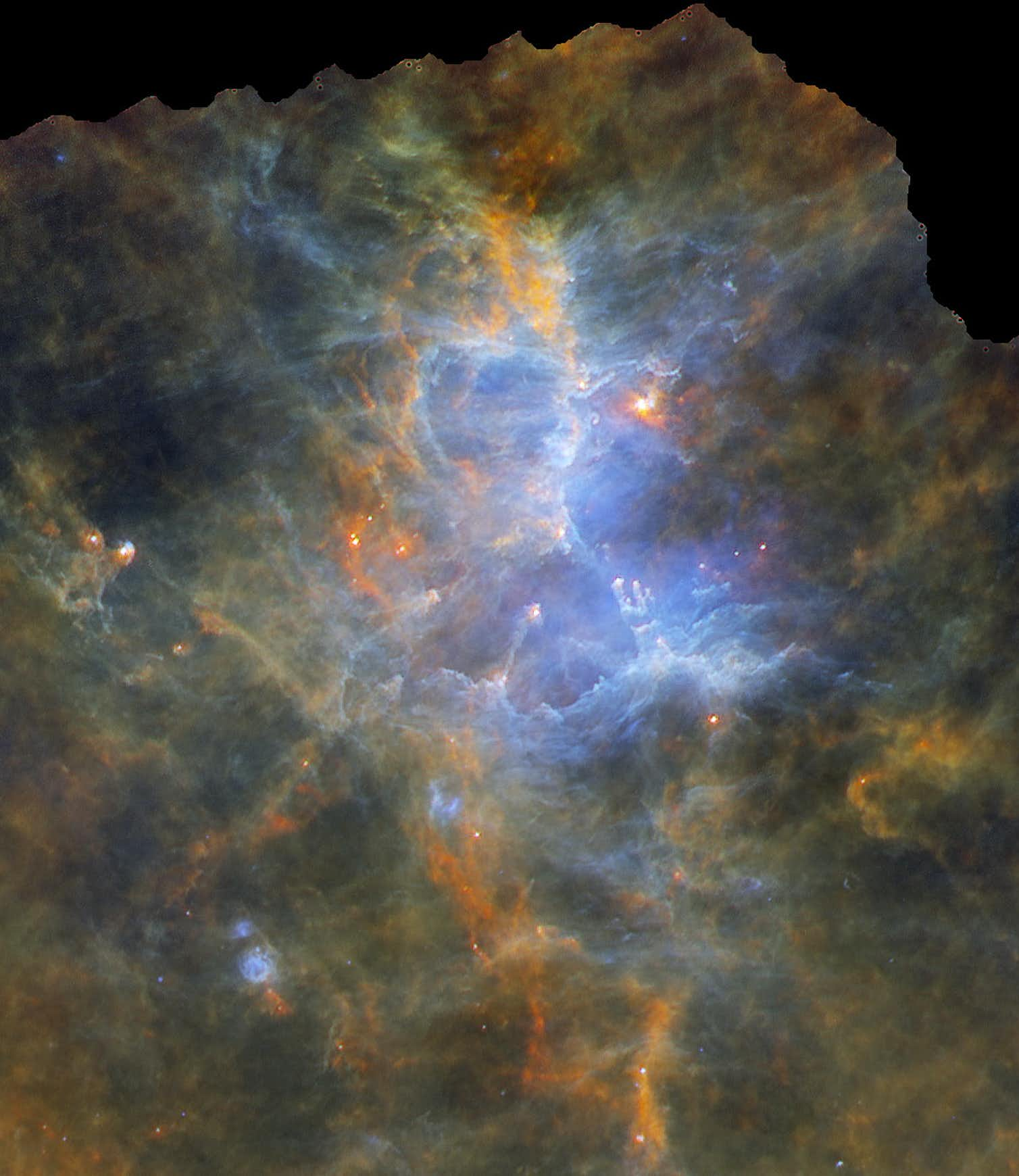
G. Li Causi, IAPS/INAF, Italy, CC BY
Astronomers can obtain unique information by building telescopes that are sensitive to light of "colors" beyond those our eyes can see. The familiar rainbow of colors is only a small part of what physicists call the electromagnetic spectrum.
Beyond red is the infrared (IR), whose energy is less than the energy of visible light. An AA camera can see objects that are too cold for the human eye to notice. In space, it can also see through dust, which without it completely obscures our field of vision.
The James Webb Space Telescope will be the largest AA observatory ever launched. Until now the European Space Agency's Herschel Space Observatory was the largest. The next image I chose is Herschel's view of star formation in the Eagle Nebula, also known as M16.
A nebula is a cloud of gas in space. The Eagle Nebula is 6,500 light years from Earth, which is pretty close by astronomical standards. This nebula is a place of vigorous star formation.
A close-up of a shape close to the center of this image was named "the pillars of the creation". These pillars, which look a bit like a thumb and the finger next to it pointing up and slightly to the left, protrude into a hole in a huge cloud of molecular gas and dust. The hole is being swept away by winds emanating from energetic new stars that have recently formed deeper within the cloud.
3. The center of the galaxy
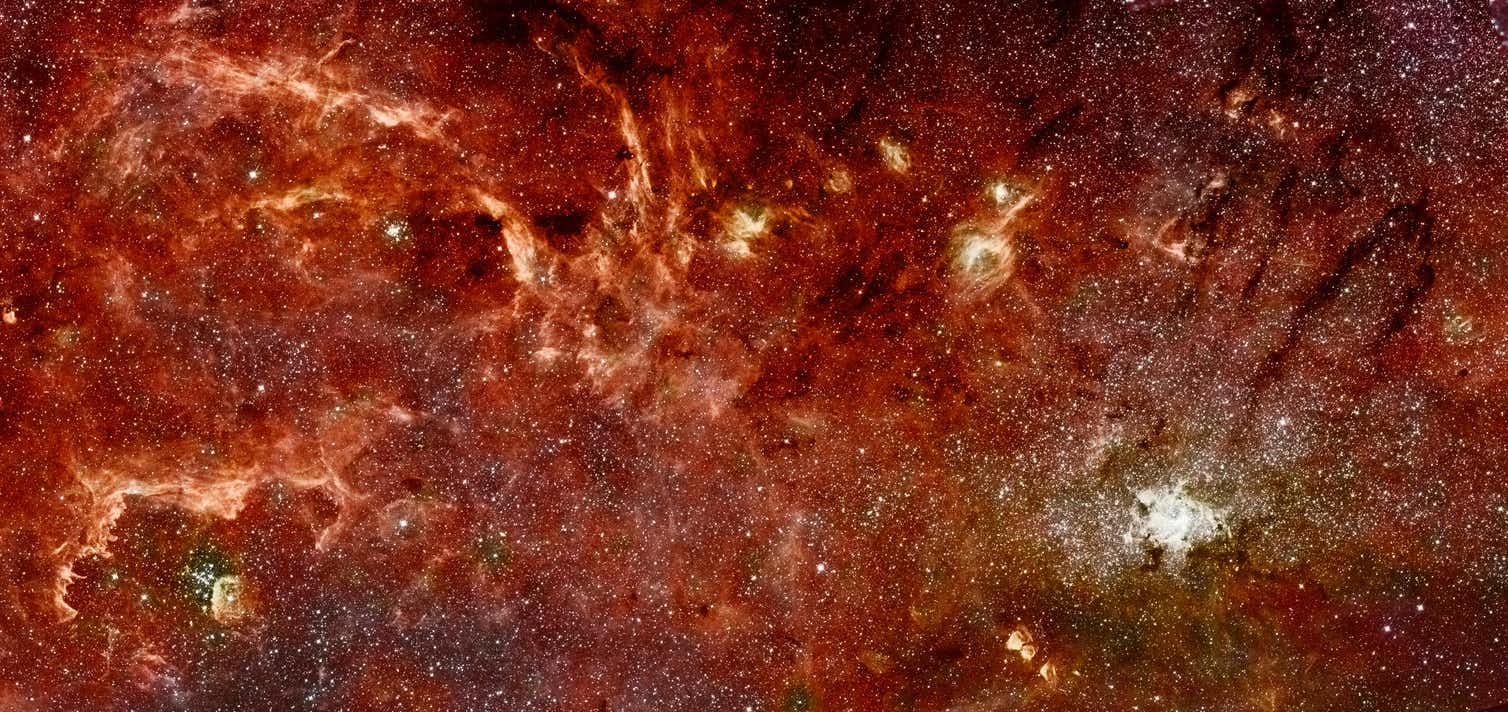
This image looks into deeper space to the center of our Milky Way Galaxy. Here too they used AA light, this time combining data from two NASA telescopes, Hubble and Spitzer.
The bright white area in the lower right of the image is the center of our galaxy. It contains a massive black hole called the A* arc, a cluster of stars and the remains of a massive star that exploded as a supernova about 10,000 years ago.
Other star clusters can also be seen. In the lower left part of the image is the quintet cluster inside a bubble where the stellar winds have removed the local gas and dust. In the upper left is a cluster called the Arcs, so named because of the bright gas arcs that extend above it and out of the picture. These two clusters contain some of the most massive stars known.
4. But 370
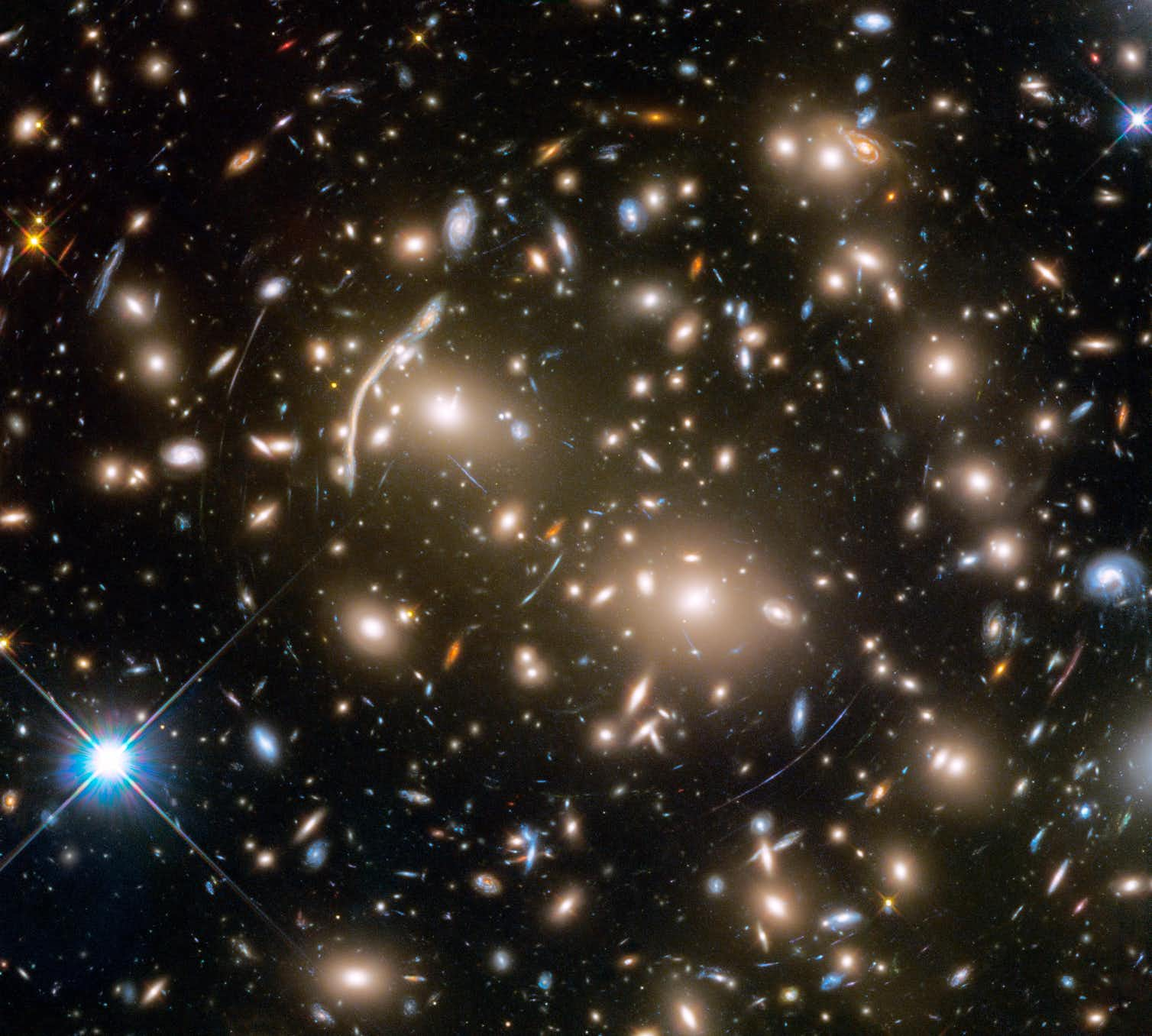
On a much larger scale than individual galaxies, the universe is structured as a network of filaments (long connected filaments) of dark matter. Some of the most dramatic looking objects are clusters of galaxies that form at the intersection of filaments.
If we look at nearby galaxy clusters (relatively, of course), we can see dramatic proof that Einstein was right when he claimed that mass warps space. One of the most beautiful examples that reveals this twist of space can be seen in the image of Abel 370 taken by Hubble and published in 2017.
Abel 370 is a cluster of hundreds of galaxies about five billion light years away from us. In the picture you can see elongated arcs of light. These are the magnified and distorted apparitions of much more distant galaxies. The mass of the cluster distorts space-time and bends the light from the more distant objects, magnifying them and in some cases creating multiple beams of the same distant galaxy. This phenomenon is called gravitational distortion, because the distorted space-time acts like an optical lens.
The most prominent magnified bleb of these is the thickest bright arc above and to the left of the center of the image. This arc called the "dragon" includes two beacons of that distant galaxy in its head and tail. Coinciding constellations of several other distant galaxies form the arc of the dragon's body.
These gravitationally magnified apparitions are useful to astronomers because the magnification reveals more detail of the distant dwarf object than we would see without it. In this case it is possible to examine in detail the star population of the polluted galaxy.
5. The very deep field of grief
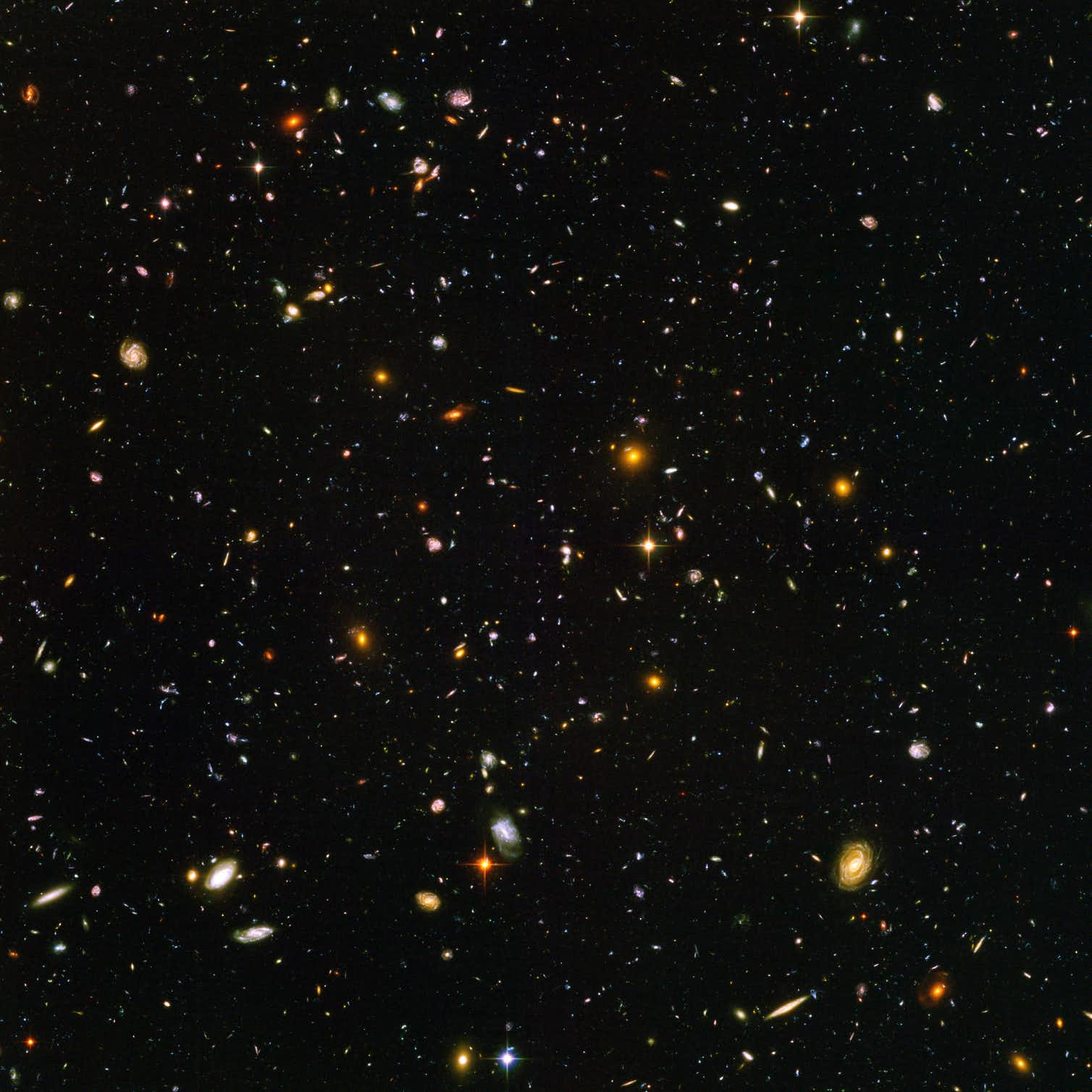
Astronomers were inspired and decided to direct Hubble to an empty piece of sky for a few days to find out what very distant objects can be seen at the edge of the observable universe.
Hubble's very deep field contains close to 10,000 objects, almost all of them very distant galaxies. The light from some of these galaxies has traveled for more than 13 billion years, since the universe was only about half a billion years old.
Some of these objects are among the oldest and most distant objects known. We see here light from ancient stars whose local contemporaries have long since gone out.
The oldest galaxies were formed during the reionization period, when the thin gas in the universe was first bathed in starlight that was able to separate electrons from hydrogen. This is the last major change in the properties of the universe as a whole.
The fact that light has so much information, allowing us to piece together the history of the universe, is amazing. The launch of the James Webb Space Telescope will give us much improved AA images, and will undoubtedly raise new questions that will challenge future generations of scientists.
For an article in The Conversation
More of the topic in Hayadan:
- Physics beyond Einstein
- Climate change affects astronomical observations
- NASA has revealed images taken by the Hubble Space Telescope; "The sharpest and deepest launch into the depths of the universe
- In 2022, NASA will launch four new space missions to explore the Earth
- Over 1,100 supernovae and 50 near-Earth objects have been discovered through a new survey

4 תגובות
An inspiring article, but it is important to mention: we live on a flat disk supported by 4 elephants, who ride on the back of a giant turtle that floats endlessly.
Very very interesting article and unimaginable photos. I wish there was an answer to what is behind it all. The mind can't understand the logic and it intrigues me a lot
Really beautiful and spectacular there are no words just envy in the infinite and vast space sad to admire
How many are your deeds, God.